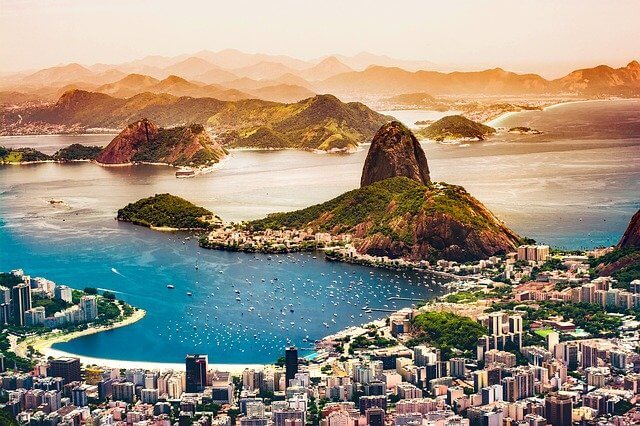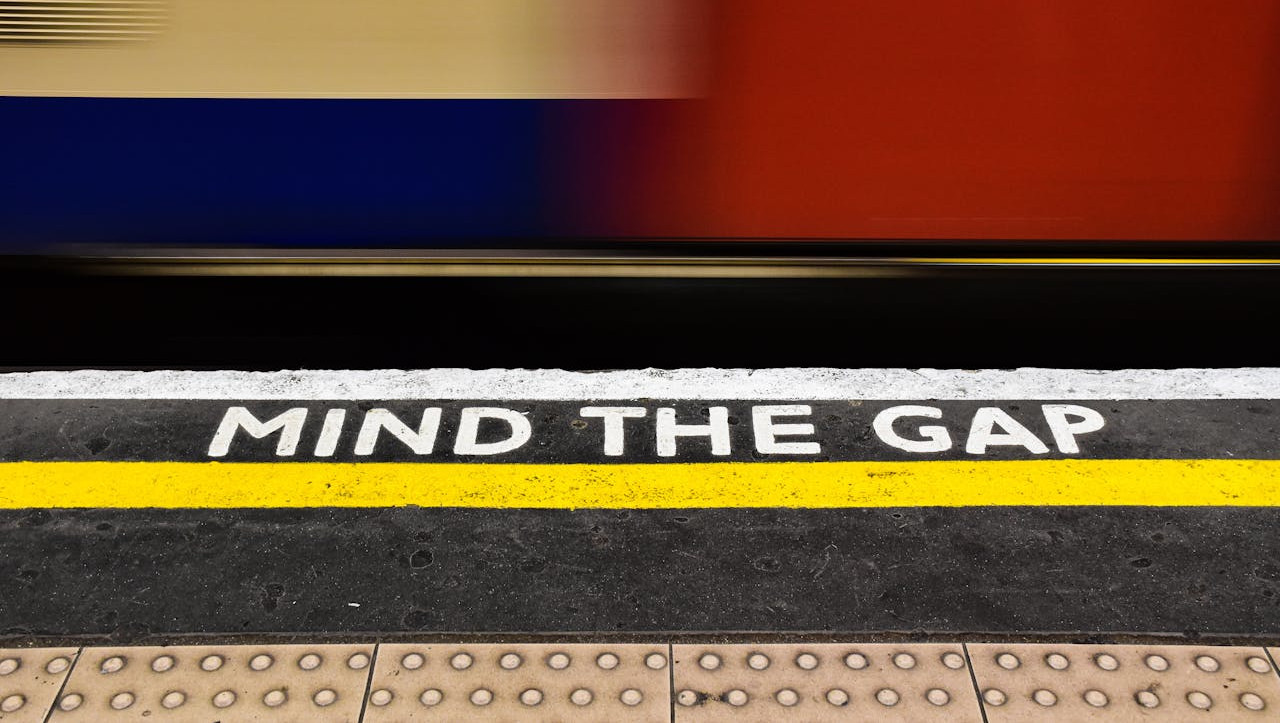
Since Brazil started to emerge from COVID-19 isolation, domestic leisure demand has returned at a modest level while international and group demand are unlikely to return in the short-term restrictions remain in place.
NB: This is an article from STR
As noted in our previous analysis, preference for Latin America’s regional markets continues to be higher than urban markets. Brazil is no exception.
Now the question is, when will corporate demand come back?
Leisure destinations
While occupancy across Brazil is taking time to recover, many leisure destinations began seeing occupancy improvement in July.
Subscribe to our weekly newsletter and stay up to date
Since that point, STR-defined coastal resort submarkets have seen considerable upward movement with leisure demand growing robustly in the country. In December, coastal resort occupancy was 50.1%. For comparison, interior resorts posted just a 29.9% occupancy level that same month.Image

The differences between coastal resorts and urban hotels have also been notable. For the year, coastal resorts posted an 18% year-over-year increase in ADR, while urban hotels experienced an 11% decrease.
Corporate destinations
Corporate business and groups are, however, not yet on the road to meaningful recovery—the hotel industry was initially anticipating corporate travel to pick up by the third quarter of 2020.
Cities relying heavily on events, mainly international events, have seen occupancies below 30%. Brasilia, Brazil’s capital, for instance, saw a 22.5% occupancy level in 2020, while in 2019 the market occupancy was 52.3%.
Salvador, in the state of Bahia, also saw substantially lower occupancy than in 2019 due to the market’s dependence on groups and international events.Image

Brazil’s vibrant financial center, São Paulo, posted just a 24.0% occupancy level in 2020. For comparison, the market saw a 64.4% absolute occupancy the year prior, the highest occupancy level among all key corporate destinations in Brazil.
All segments have seen a performance decrease; however, lost group demand has had the largest impact. São Paulo saw a 71% decrease in occupancy in 2020. On the other hand, contract demand, a consistent block of rooms for airline crews, permanent guests, etc., showed the lowest decrease in occupancy and ADR among all segments at -49 % and -9%, respectively.Image

What’s next?
Corporate MICE events have all been pushed to the end of 2021, but whether these events materialize this year remains to be seen. Regardless, it would be safe to assume that corporate travelers are not back on the road until the end of 2021. This makes it critical for hotels in Brazil’s corporate destinations to track various segments of demand and be prepared when the tide turns in their favor.




